How we are building the future’s
polymer systems
for drug delivery and surface modification

Multiple variables presented in addressing product needs

First generation systems may be able to tune in on some parameters

Pendant Bio offers the next generation technology – providing independent tuning parameters to meet the needs of the industry
Our tunable polymers outperform traditional biocompatible matrices.
PLGA and other common polymer chemistries can be flexible, but are limited, first generation drug delivery systems. Their features can be adjusted one or two at a time, allowing only for incremental progress in drug delivery.

Pendant’s solution is a completely modular platform with multiple features and functions that can be simultaneously customized. This allows for alterations in porosity, drug loading & release, and rates of degradation.
Functionality makes the polymers you know… better.
- Polyesters, polycarbonates, polyglycidols
- Biodegradable via hydrolysis
- Biocompatible and non-toxic
- Reproducible synthesis
- Predictable synthesis
- Easy to source materials
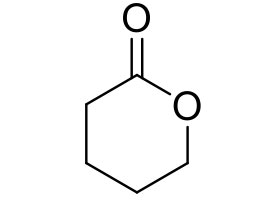
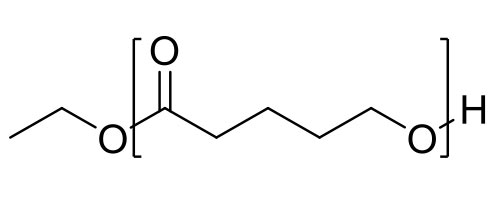
Valerolactone
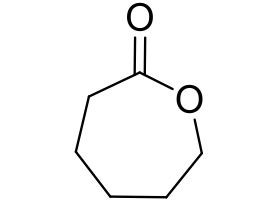
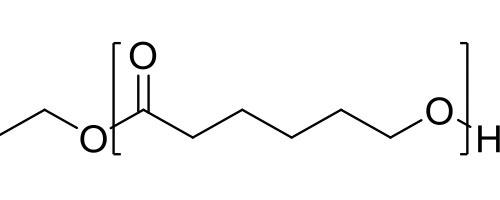
Caprolactone
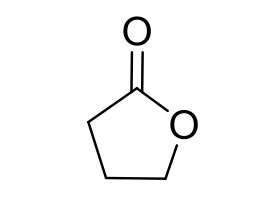

Butyrolactone

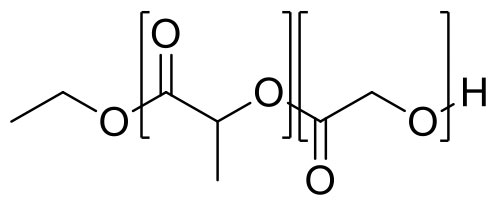
Glycolide/Lactide

Polyesters, polycarbonates, polyglycidols
Biodegradable via hydrolysis
Biocompatible and non-toxic
Biodegradable via hydrolysis
Biocompatible and non-toxic
Reproducible synthesis
Predictable synthesis
Easy to source materials
Predictable synthesis
Easy to source materials

Our molecular architecture adds versatility to polymer systems

Pendant functionalities – R:
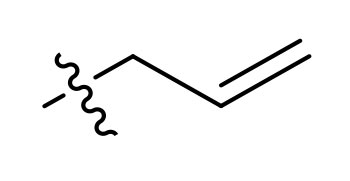
Allyl
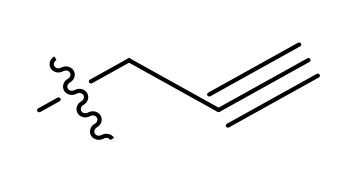
Propargyl
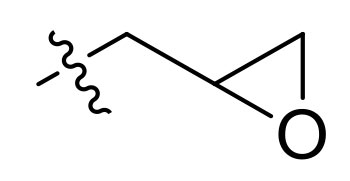
Epoxide
- Pendant functionalities provide an unlimited number of conjugation/post-modifications to polymer backbones such as:
- Covalent cross-linking
- Targeting ligand conjunction
- Diverse manufacturing and formulation methods available
- Compatible with broad range of therapeutics
- Capable of nano, micro, and macro materials
- Versatile platform for drug delivery, coatings, biomaterials, and other polymer applications
- Strong intellectual property
